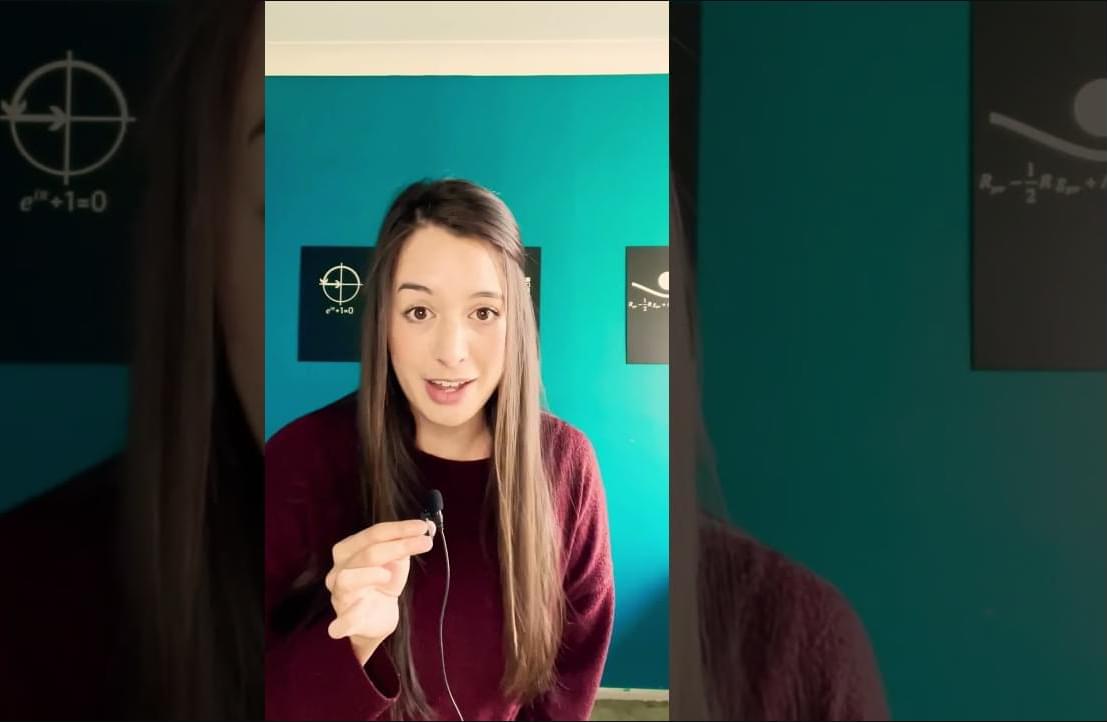A new optical phenomenon has been demonstrated by an international team of scientists led by physicists at the University of Bath, with significant potential impact on pharmaceutical science, security, forensics, environmental science, art conservation and medicine.
Future studies can now be designed to understand the discovery in greater depth and use it to develop treatments. “The essential next step is to investigate the efficacy of IL-22BP inhibitors in animal models and possibly in clinical trials to treat severe intestinal infections,” Fachi said. Another possibility will be to explore how different types and quantities of food fiber affect short-chain fatty acid production. “The composition of gut microbiota in the absence of IL-22BP can provide valuable information,” he added.
Gut microbiota modulation may benefit other intestinal inflammatory conditions, such as Crohn’s disease and ulcerative colitis, as well as infections caused by other pathogens.
“Finding out how IL-22 interacts with other molecules and immune system cells in the absence of IL-22BP will help us better understand its function in intestinal immunity. Future studies could transform our understanding of the role of these proteins in intestinal health and lead to the development of novel therapeutic strategies to prevent and treat intestinal infections,” Vinolo said.
Non-personalized content and ads are influenced by things like the content you’re currently viewing and your location (ad serving is based on general location). Personalized content and ads can also include things like video recommendations, a customized YouTube homepage, and tailored ads based on past activity, like the videos you watch and the things you search for on YouTube. We also use cookies and data to tailor the experience to be age-appropriate, if relevant.
Select “More options” to see additional information, including details about managing your privacy settings. You can also visit g.co/privacytools at any time.
Guy Burckhardt finds himself trapped in a perplexing and eerie reality, waking up to the same day, June 15th, over and over again. The world around him seems laced with an uncanny artificiality, and bizarre, aggressive advertisements abound. Desperate to escape this mysterious loop, Guy embarks on a tense journey to uncover the truth, only to stumble upon a shocking revelation about his existence and the world he inhabits. Frederik Pohl’s tale is a labyrinthine enigma, a suspenseful exploration of reality, manipulation, and the clandestine machinations of unseen forces.
Join this channel to get access to perks:
/ @thedarkcosmos1
Sign up for future TDC updates:
https://forms.gle/aw8WhM8c9EsR6HjQ8
🏆 CREDITS
Written by:
Frederick Pohl | https://www.gutenberg.org/files/31979…
Thumbnail Art by:
Ellysiumn | https://www.deviantart.com/ellysiumn/.…
Co-Produced by Charles Giles.
Nightmare fuel? Maybe – but in a historic moment for the dental profession, an AI-controlled autonomous robot has performed an entire procedure on a human patient for the first time, about eight times faster than a human dentist could do it.
The expansion of solar photovoltaic systems in Germany continues to grow as more companies and private households opt for solar energy.
When I have described my rationale for the likelihood of the Economic Singularity, key to this has been the ability of this new form of machine intelligence to make decisions and to make plans.
SummaryTatiana Mamut, co-founder of Wayfound AI, explains that AI agents are like human workers with the ability to interact and make decisions on their own…
Crude oil pipelines connecting the busiest Texas oil fields to a critical export hub across the state are nearly out of space, threatening to cap US oil exports at a time when the world needs more.









